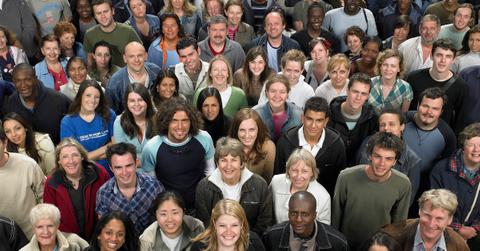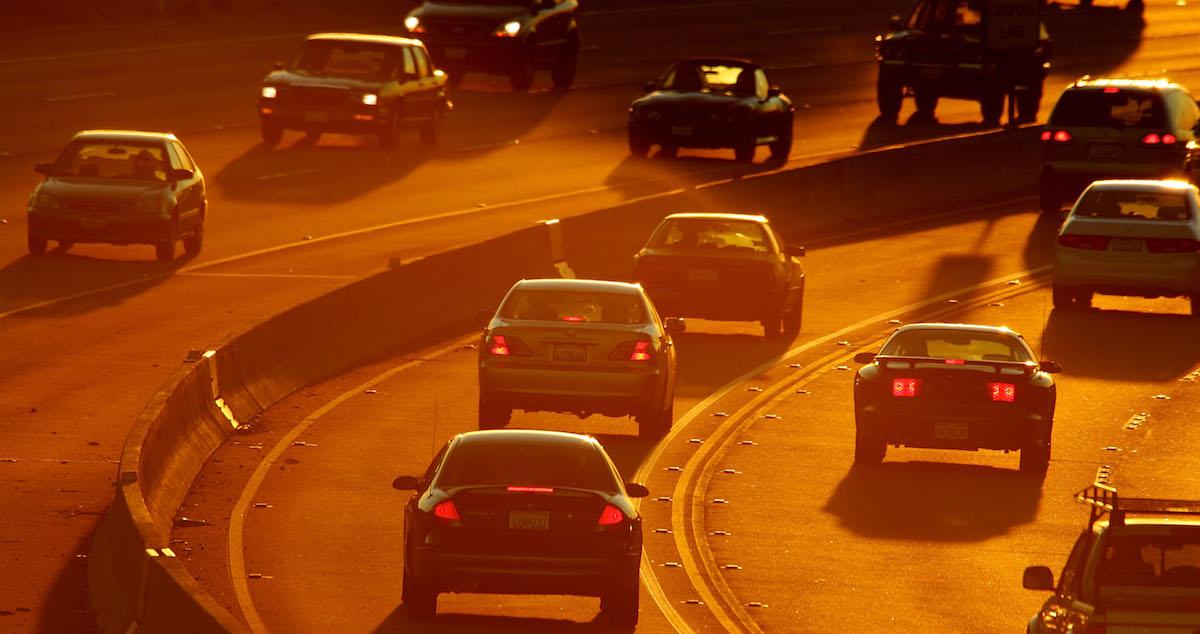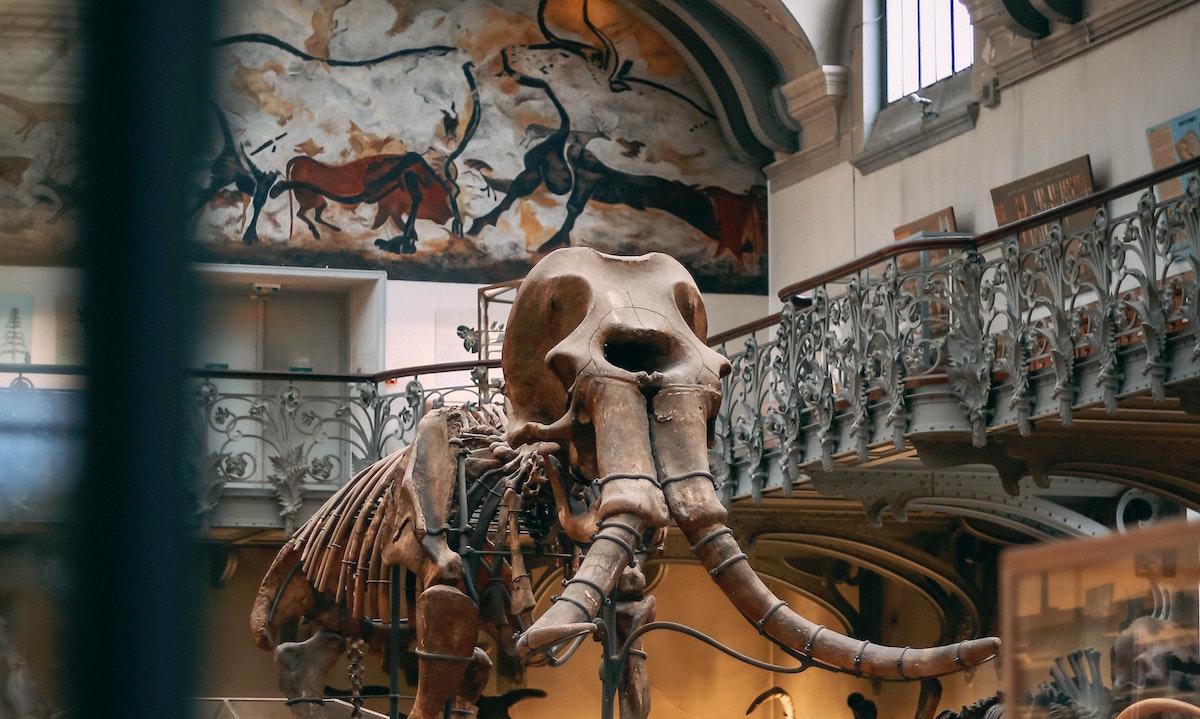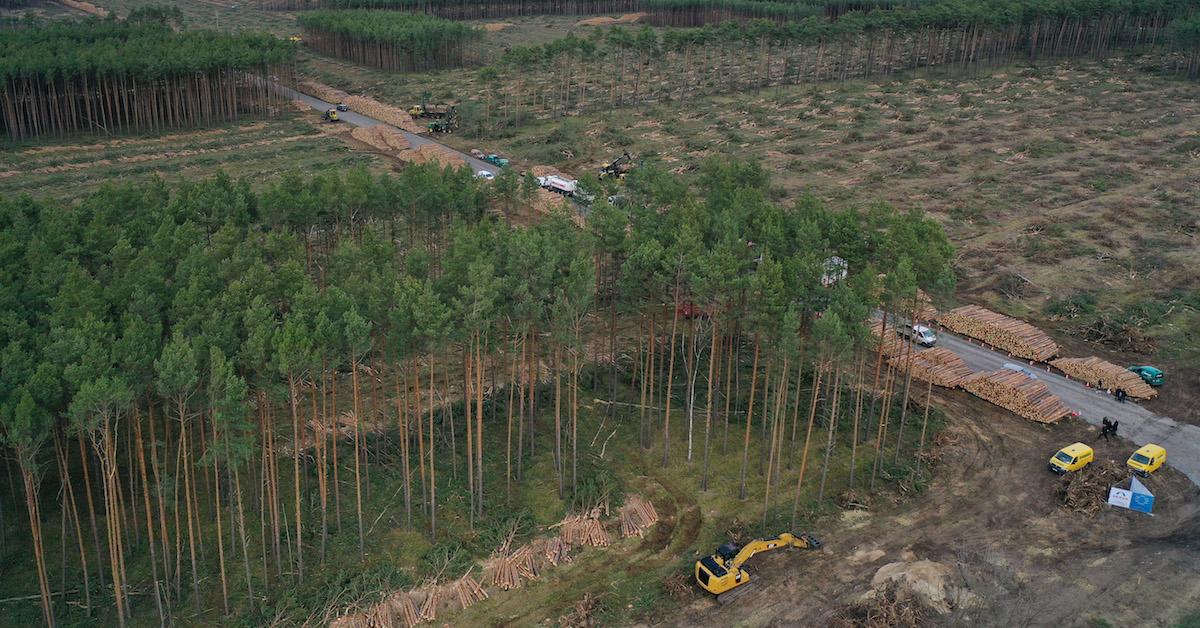The Corrosion of Culture: How the Anthroposphere Affects Our Environment
Published Sept. 8 2021, 1:43 p.m. ET

It’s an unusual word, anthroposphere. So unusual, in fact, that it's commonly misspelled as "anthrosphere." The thing is, that seemingly innocuous error is not entirely incorrect. You cannot separate the term anthroposphere from the prefix, which refers to humanity. Thus, understanding what the anthroposphere is begins with understanding humanity’s destructive influence on the world.
What is the anthroposphere?
The anthroposphere isn’t naturally occurring like the biosphere or the atmosphere, it’s more conceptual than that. However, like those other spheres, the anthroposphere does encompass roughly the entire surface of our planet. This is because the anthroposphere has been developed throughout the course of human history. The Aspen Global Change Institute (AGCI) defines the anthroposphere as the totality of our culture, technology, activities, and constructed environment created during the Anthropocene epoch.
In essence, the anthroposphere is everything we have created during the age of humankind. All of the significant events that have allowed humanity to shape our world in some way are contained within the historical anthroposphere. Events such as the discovery of agriculture, the industrial revolution, and the invention of the combustion engine are all contained within the anthroposphere, but so too are the physical aspects of our existence.

When did the anthroposphere begin?
There are several different schools of thought when it comes to marking the emergence of the anthroposphere. Some believe that it begins with that first agricultural discovery, while others think it began when we started to communicate things to one another in something more than grunts and shouts. According to Frontiers, experts who study paleoecology consider humanity’s first interaction with the many species of Pleistocene megafauna as the moment that we began to change the planet.
The working theory is as follows, as per Fronteirs: The megaherbivores of the Pleistocene were ecological engineers in their own right. They spread seeds, culled plant life, and recycled nutrients wherever they roamed. Their migration patterns directly influenced terrestrial ecosystems all across the planet and until human beings arrived, they were the only ones of note. This all changed some 12,000 years ago when we showed up and began planting our own crops and domesticating certain species.
Another theory, according to AGCI, is that the anthrophere began in the modern era, sometime in 1950. The belief is that during this time the concepts of cities, villages, invention, energy, farming, transportation and resource management were at their global apex. It’s also a time when our methods of communication were beginning to connect the globe in a meaningful way.
Books, movies, software, blueprints, and many other forms of shared knowledge were similarly connecting our species to one another. By this time, even commerce and religion had become universally established in most places. In short, the modern age represents a time when human civilization, which had sprouted and grown steadily over the previous millennia, had truly become established.

How does the anthroposphere affect the biosphere?
If you’re a longtime reader of Green Matters, then you probably understand that humanity’s overarching effect on the planet has been anything but good. Rather than living in harmony with the world around us, humanity has spent the majority of its time conquering, subjugating, strip mining, polluting, and in some cases, eating the planet to the brink of extinction.
Despite the fact that the anthroposphere already encompasses nearly the entire globe, we are still pushing outward. The dwindling natural habitats of the world are still being cleared away to make room for farms and cities for our ever growing population. Our cars and factories pump greenhouse gases into the atmosphere, warming the planet and acidifying the ocean, which we also overfish and dump plastic garbage into.

How do humans affect the biosphere?
In these ways and countless others, our effect on the biosphere has been all-encompassing and entirely destructive. According to Learn for Sustainability, nearly everything we do has an adverse effect on our planet and all of those things, from food production to energy generation, are considered a part of the anthroposphere.
The sad part is, even if you consider the cultural wonders of art, literature, or music as positive pieces of the anthroposphere, the price for creating those things has nearly always been more than our planet can bear.

The atmosphere and biosphere are dying as a direct result of the anthroposphere. And short of tearing down all that we have built over more than 50,000 years of cultural evolution, we have yet to find any feasible, long-term ways of fixing what we broke in the first place. If there is a silver lining, however, it's that humanity does have the tools and ingenuity to find a solution, hopefully before it's too late.